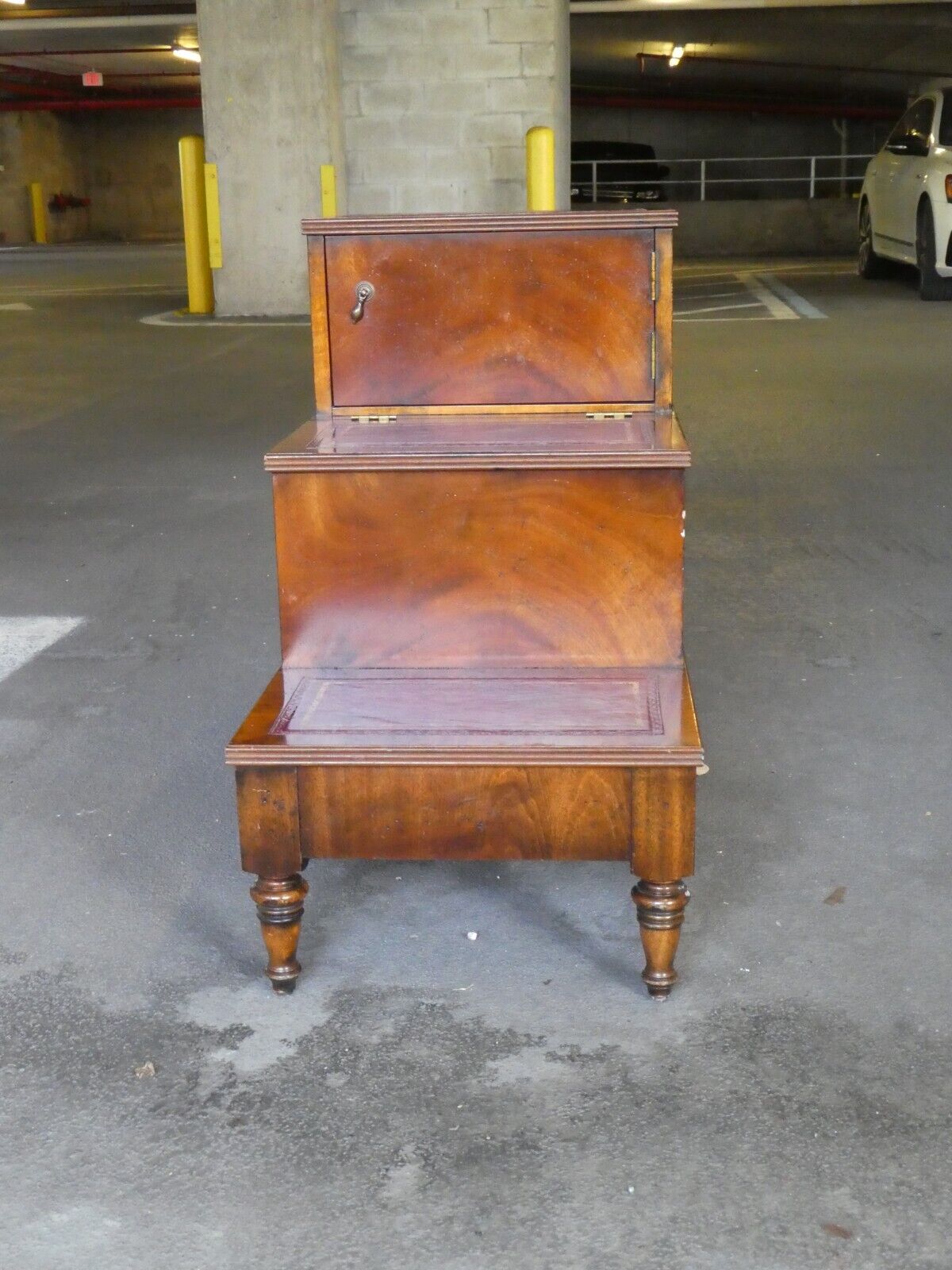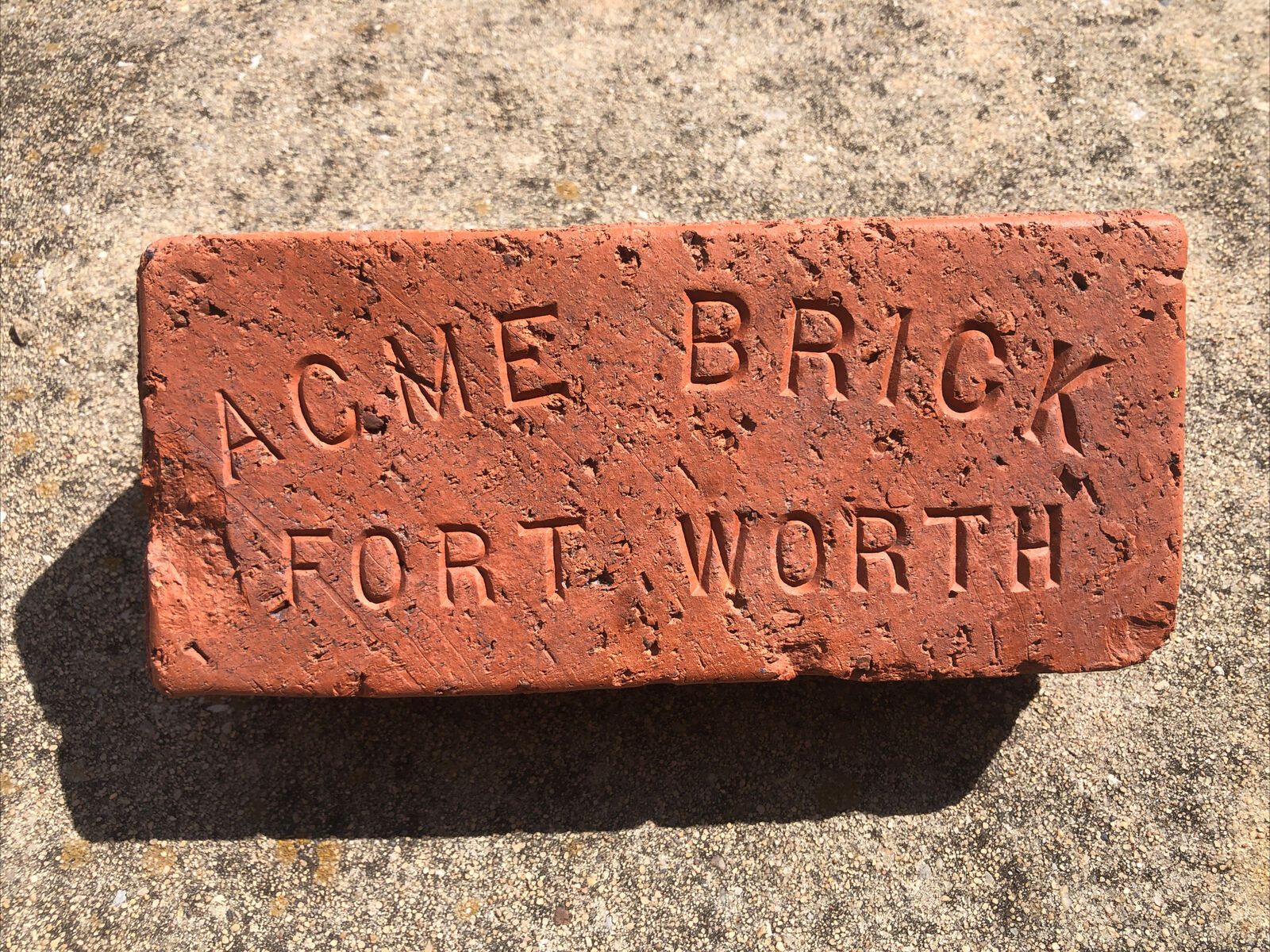-40%
1880 SAGE (Block Letters) TERRIFIC GRADE 5 Example of historic clay brck Long Is
$ 5.28
- Description
- Size Guide
Description
1880 SAGE (Block Letters) TERRIFIC GRADE 5 Example of historic clay brck Long Island NY.If you are a collector, you want this in your brick collection. There are a couple of sage Brick Co varieties. D C S.
Dewitt Clinton Sage. Large Block letters of SAGE AND smaller block letters for Sage
These particular SAGE bricks were recovered from a brick walk way laid down in 1900 in Newport RI. The lettering is so good and the corners sharp because they were laid upside down in sand and tightly packed preserving them for over 120 years!!!
Do wait. These will move fast
SAGE Brick Manufacturing Co.
SAGE
Greenport (Southold) (Arshamomaque), NY (1887 - 1938)
De Witt Clinton Sage
De Witt Clinton Sage came from making a fortune through many business ventures and operating a brickyard on Fishers Island to establishing Sage Brickworks in greater Greenport in 1887. The business soon employed over 200 men whose wives and children also labored at the works. A combination of forces, including an economic downturn and salt water intrusion from the Hurricane of 1938, helped to end brick-making on eastern Long Island
Sage Brickyard Stacks
This chimney at the SAGE Brickyard was well known to sailors. Until the hurricane of 1938 destroyed the clay beds, the yard provided jobs for Irish, Scottish and Italian immigrants.
(Photos from The Peconic Bay Shopper, Preserving Local History)
From BRICK-MAKING IN SOUTHOLD:
It may be little known that the one of the most significant exports from Fishers Island during the mid to late 1800s was high quality bricks. The exact date of discovery of the vast clay deposits on Fishers Island is unknown, however, prior to the 1800s, the clay deposits possessed many evidences that bricks and other items were made throughout the history of the island. The first identifiable brick on the island, however, was crafted by Eugene Strickland but it was not until the arrival of the prominent Connnecticut businessman, DeWitt Clinton Sage, that the clays of Fishers Island were memorialized in New England architecture and municipal projects.
DeWitt Clinton Sage was born in Middletown, Connecticut in 1837 to Barzella and Elizabeth Sage. He learned the brick making business at an early age working as an apprentice to his father. When he was sixteen years old his father died, leaving him to manage the developing brick making business. After successfully conducting the business for six years he sold it and then focused much of his time on making machinery, a trade in which he was quite successful.
While on business overseas, he became interested in machining munitions and upon his return home he succeeded in developing a new cartridge for the war department.
So how did Dewitt Clinton Sage arrive on Fishers Island? Ironically, following the closure of the munitions factory Mr. Sage was able to secure another contract manufacturing headstones for the national cemeteries. It was near the end of this venture that he fell ill and ventured to the island to convalesce. While on the island he met Eugene Strickland (the local brick maker) and bought the clay deposits between Clay Point and Hawks Nest Point with every intention of starting a brick making yard.
Mr. Sage's solid experience and business sense rapidly catapulted brick making on the island to a tremendous scale. In 1879 The Mystic Press reported that 2,500,000 bricks were delivered every season. In 1883 The Brooklyn Eagle reported that the yard has gone into a 'possession of a stock company' electing Mr. DeWitt Sage as the president. He continued this venture for 10 years then decided to set his sights on the Southold mainland.
Fishers Island bricks were of superior quality and were sought after to comprise the exterior of many accomplished buildings and projects. The City of New York ordered 25,000,000 bricks for a new aqueduct to supply water to the population. As a testament to the quality of clay on Fishers Island, all of the three Winthrop h
SAGE Brick Manufacturing Co.
SAGE
Greenport (Southold) (Arshamomaque), NY (1887 - 1938)
De Witt Clinton Sage
De Witt Clinton Sage came from making a fortune through many business ventures and operating a brickyard on Fishers Island to establishing Sage Brickworks in greater Greenport in 1887. The business soon employed over 200 men whose wives and children also labored at the works. A combination of forces, including an economic downturn and salt water intrusion from the Hurricane of 1938, helped to end brick-making on eastern Long Island
Sage Brickyard Stacks
This chimney at the SAGE Brickyard was well known to sailors. Until the hurricane of 1938 destroyed the clay beds, the yard provided jobs for Irish, Scottish and Italian immigrants.
(Photos from The Peconic Bay Shopper, Preserving Local History)
From BRICK-MAKING IN SOUTHOLD:
It may be little known that the one of the most significant exports from Fishers Island during the mid to late 1800s was high quality bricks. The exact date of discovery of the vast clay deposits on Fishers Island is unknown, however, prior to the 1800s, the clay deposits possessed many evidences that bricks and other items were made throughout the history of the island. The first identifiable brick on the island, however, was crafted by Eugene Strickland but it was not until the arrival of the prominent Connnecticut businessman, DeWitt Clinton Sage, that the clays of Fishers Island were memorialized in New England architecture and municipal projects.
DeWitt Clinton Sage was born in Middletown, Connecticut in 1837 to Barzella and Elizabeth Sage. He learned the brick making business at an early age working as an apprentice to his father. When he was sixteen years old his father died, leaving him to manage the developing brick making business. After successfully conducting the business for six years he sold it and then focused much of his time on making machinery, a trade in which he was quite successful.
While on business overseas, he became interested in machining munitions and upon his return home he succeeded in developing a new cartridge for the war department.
So how did Dewitt Clinton Sage arrive on Fishers Island? Ironically, following the closure of the munitions factory Mr. Sage was able to secure another contract manufacturing headstones for the national cemeteries. It was near the end of this venture that he fell ill and ventured to the island to convalesce. While on the island he met Eugene Strickland (the local brick maker) and bought the clay deposits between Clay Point and Hawks Nest Point with every intention of starting a brick making yard.
Mr. Sage's solid experience and business sense rapidly catapulted brick making on the island to a tremendous scale. In 1879 The Mystic Press reported that 2,500,000 bricks were delivered every season. In 1883 The Brooklyn Eagle reported that the yard has gone into a 'possession of a stock company' electing Mr. DeWitt Sage as the president. He continued this venture for 10 years then decided to set his sights on the Southold mainland.
Fishers Island bricks were of superior quality and were sought after to comprise the exterior of many accomplished buildings and projects. The City of New York ordered 25,000,000 bricks for a new aqueduct to supply water to the population. As a testament to the quality of clay on Fishers Island, all of the three Winthrop hou
If a question please ask. If you buy more I can combine shipping.



















